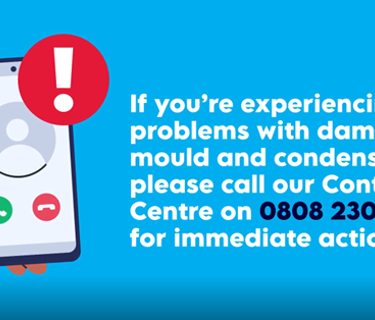With an increase in Lithium-ion batteries found in all types of domestic electrical equipment. For example, e-scooters, mobility scooters, e-cigarettes, mobile phones, tablets, laptops etc, it is important to understand the risks and how to prevent the risk of fire.
Here are some do and don'ts about Lithium-ion Batteries, please take a read so you can reduce the risk and prevent fires in your own homes.
Do
- Only use electrical products that have the UKCA or CE mark.
- Use the correct charger designed for the device/battery.
- Regularly check the device, charger plugs and cables for signs of damage and overheating.
- Dispose of charger plugs and cables immediately if found to be damaged in any way or there is change in colour or appearance
- Charge devices in a well-ventilated area, free of materials that could easily catch fire e.g. a kitchen work surface with no cupboards above.
- Charge devices during the day when there is the opportunity to spot faults early.
- Charge in an area where there is automatic smoke detection on the ceiling.
- If you find a device or battery starting to overheat, move it to a safe location outdoors.
- To extinguish a lithium battery if it starts smoking, rapidly cool it using water. For example, drop a small battery in a cup of water.
Don't
- Don’t use cheap alternative chargers – they are not subject to rigorous testing and certification.
- Don’t expose batteries to high temperatures or heat sources directly or for extended periods of time e.g.direct sunlight. (Whilst in use: maximum 60c. During storage: maximum 70c)
- NEVER charge devices on soft furnishings, such as beds or sofas.
- Don’t use temporary extension leads and adaptors.
- Don’t place lithium-ion batteries in your normal waste bins/chutes, damaged or undamaged. Contact your local council for guidance on safe disposal.




